Dive Between Two Continents in This Frigid Fissure in Iceland
Filled with pure glacier water, Silfra is the only place on Earth where divers can touch two continental plates at once
They come outfitted in thermal undersuits and full-body drysuits, dipping beneath the surface in some of the most frigid water on Earth and risking hypothermia, frozen gear and even death. But for scuba divers willing to brave the 206-foot dive into Iceland’s Silfra fissure, the water temperature isn’t the point; it’s the price of entry. In this crack between the Eurasian and North American continents, divers can touch two continental plates underwater at the same time—an experience that can’t be found anywhere else on the planet.
“It is a place where divers can see right into the earth in a geological sense,” Rüdiger Hahl, operations manager and guide at DIVE.IS, tells Smithsonian.com. “Sometimes the rays of the sun seem like bright light beams entering an area that grows darker and darker with increasing depth.” The view is so stunning that it draws an estimated 20,000 divers each year.
The appeal is easy to understand: Deep in the fissure, the rocky landscape looks otherworldly and the water is some of the clearest and coldest imaginable. Filled with the newest rocks formed on Earth and ice-cold water (roughly 35 degrees year-round) that’s pure enough to drink, the Silfra fissure is part of the Mid-Atlantic Ridge, the longest mountain range in the world.
While most of the ridge is underwater, parts of it push up above sea level to create islands, like Iceland. At Silfra’s point in the range, continental drift forces the two tectonic plates apart by about two centimeters per year. This creates tension on the land itself, which releases with a major earthquake every ten years. As a result, fissures open up along the tectonic ridgeline, forming new rocks at the break and essentially creating new land in the middle of Iceland.
When the fissure first formed, it broke through an underground spring and filled with crystal-clear water from Langjökull, the second largest glacier in Iceland. As the ice melts in the summer, it flows downhill (while nearly 100 feet below ground) about 31 miles through lava field capillaries, through Silfra, and into Thingvallavatn, the largest natural lake in the country. Hahl says that by the time the glacial water reaches the fissure, it’s been traveling for 70 to 100 years.
Diving in glacial water filtered through lava rock for decades is astounding enough—after all, says Hahl, there aren’t many opportunities in life to dive into “a glass of mineral water presented by nature at perfect fridge temperature.” But things get even better for divers who manage to make it down the fissure at exactly the right moment. When visibility is perfect and the sun cooperates, says Hahl, divers can turn on their back and enjoy “a perfect mirror image of the bottom of Silfra.”
Silfra’s surroundings are just as fascinating as the fissure. It’s located in Thingvellir National Park, an UNESCO world heritage area and the site of Iceland’s first parliament, Althingi. The initial meeting, a two-week session in the middle of June in 930, marked the country’s birth. Sessions at the site continued until 1798; the parliament was then superseded by the High Court, until Althingi was reinstated in 1845 (these days, meetings are held in Reykjavik). The site remains one of the most revered in Icelandic history. Ruins of about 50 turf and stone "booths" used during the early sessions are still visible, and more ruins are thought to be underground. Thingvellir is also the land-based extension of the fissure—visitors can walk between the two tectonic plates and touch each at the same time, without the hazards that come with scuba diving in the chilly locale.
Although images of Silfra belie it, aquatic life does exist within the fissure. Scott Wilson, Silfra diver and travel videographer, tells of long, stringy sea grass that glows fluorescent green in the lagoon section of the fissure. In the deeper portion of the dive, arctic char sometimes swim up to say hello. “Normally when you’re swimming around, the bubbles will spook fish off and you can only get so close to them,” he tells Smithsonian.com. These arctic char don’t care at all. They have no idea what you are or that you would even pose a threat to them.”
According to Wilson, the biggest draw for divers isn’t the life in the fissure—it’s the dramatic underwater landscape that dances with sunlight even on a cloudy day. “To be there and physically touch two continents at once is something you can do almost nowhere else on earth,” he says. “You kind of pause and look at it and think, ‘Where the hell is that?’”
Thingvellir park rangers watch diver numbers rise every year, but that popularity could come with a heavy price. This year, the number of divers is expected to be at least four times higher than just five years ago, quickly approaching safety limits for the fissure. As with other underwater environments, the vegetation is extremely delicate and requires extra caution to ensure divers and snorkelers can enjoy the scene for years to come. But for now, the fact that the watery world of Silfra could soon be a thing of the past makes that glimpse into the depths of the changing Earth that much more precious.
Planning Your Next Trip?
Explore great travel deals
Smithsonian magazine participates in affiliate link advertising programs. If you purchase an item through these links, we receive a commission.
/https://tf-cmsv2-smithsonianmag-media.s3.amazonaws.com/accounts/headshot/JenniferBillock.png)
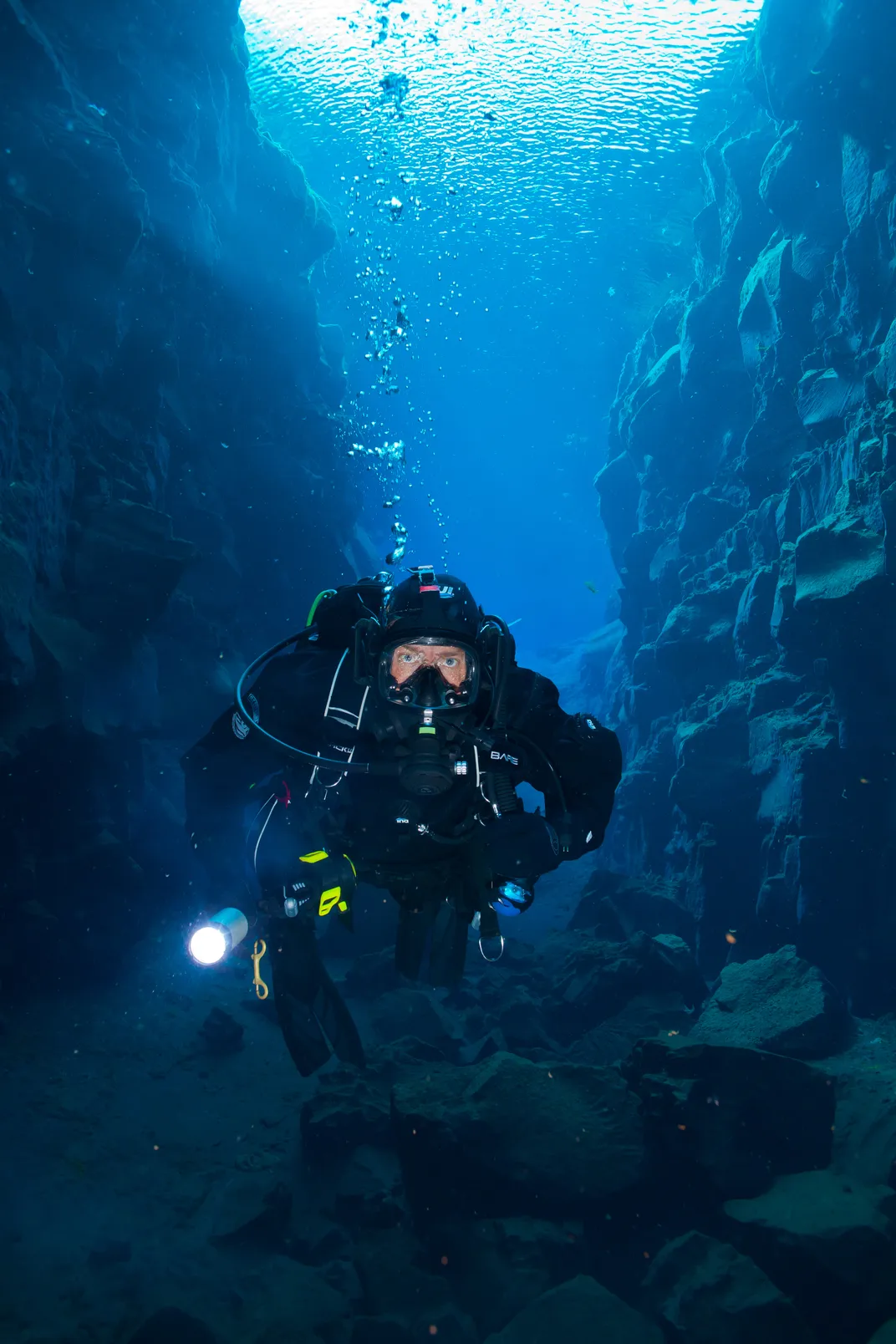
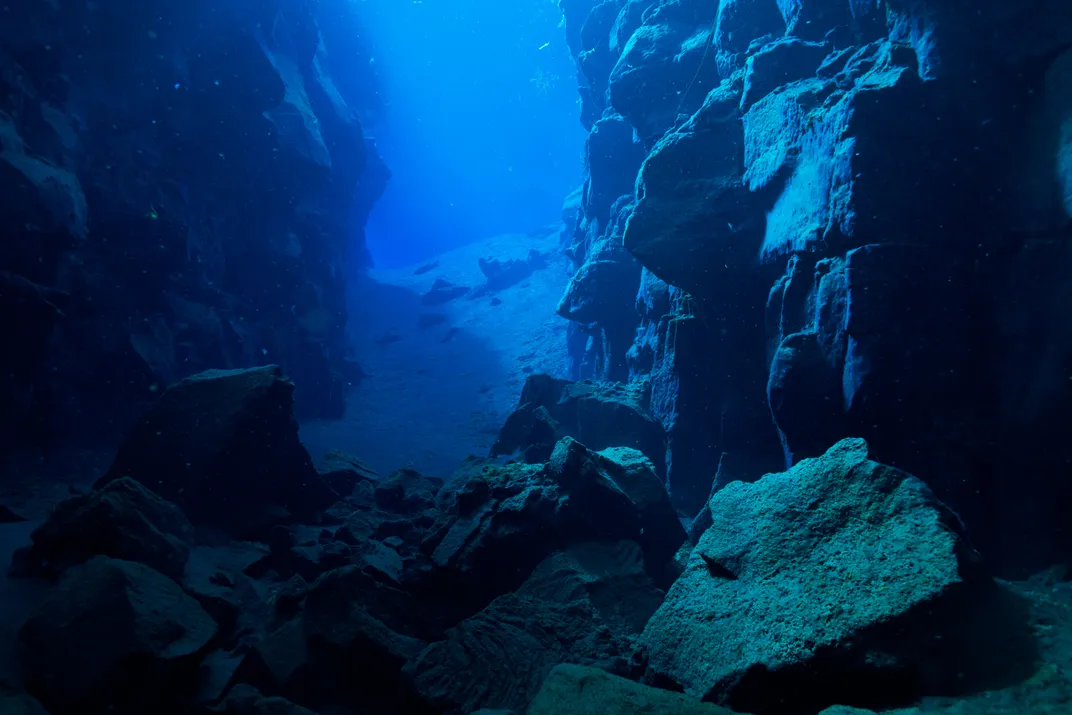
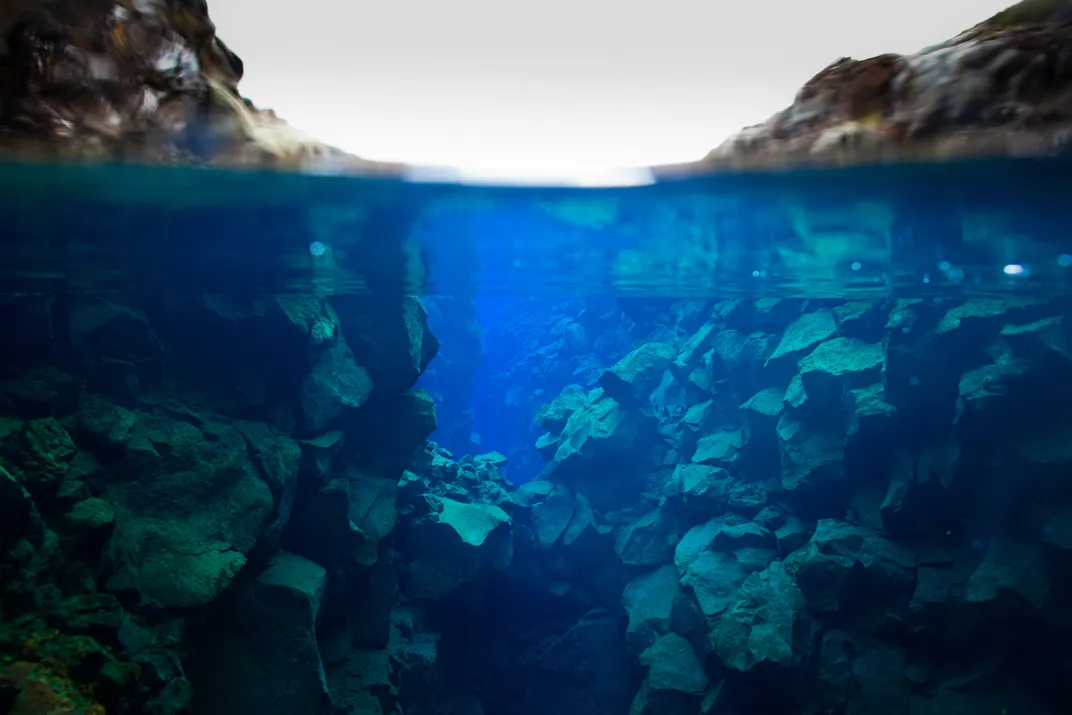
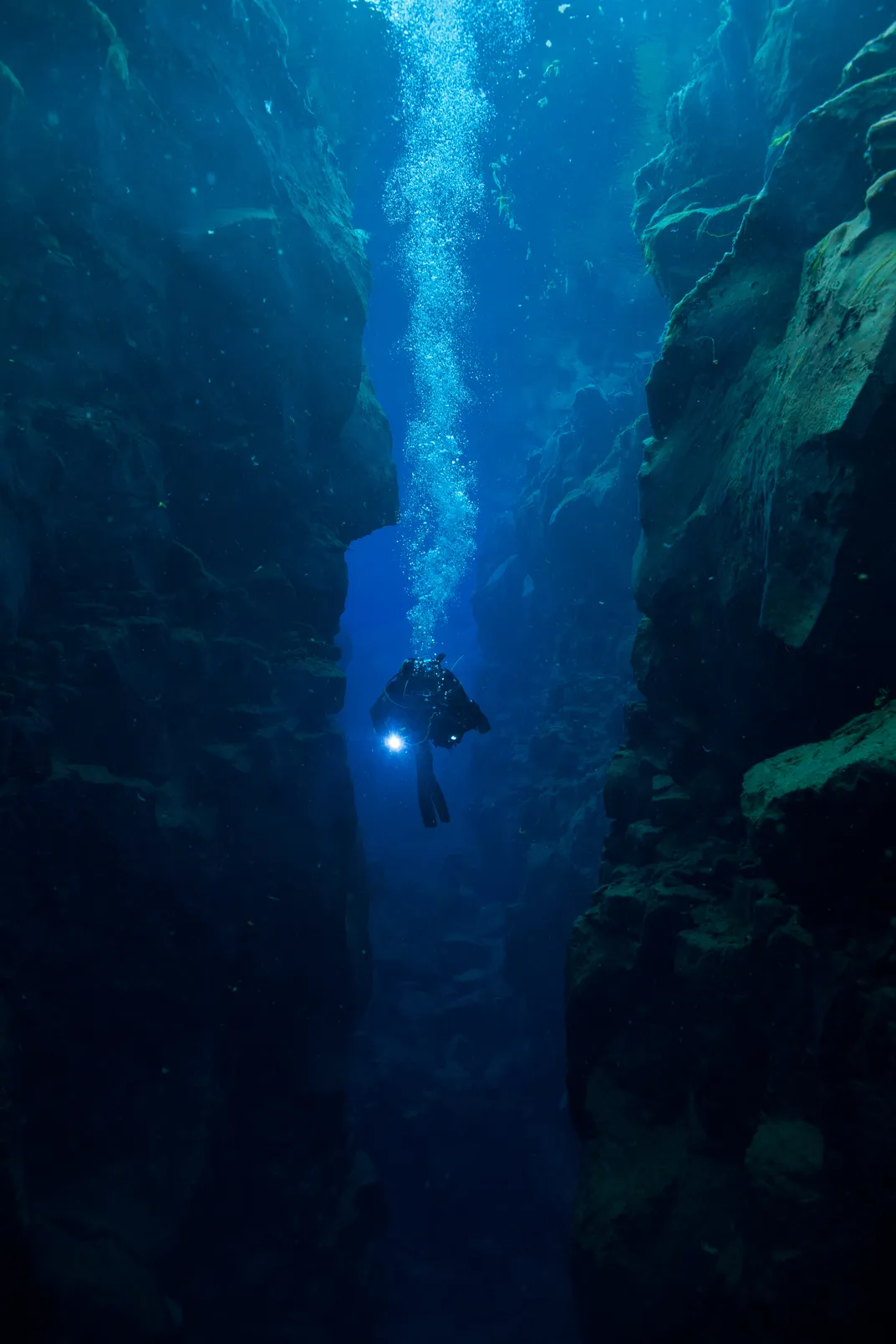
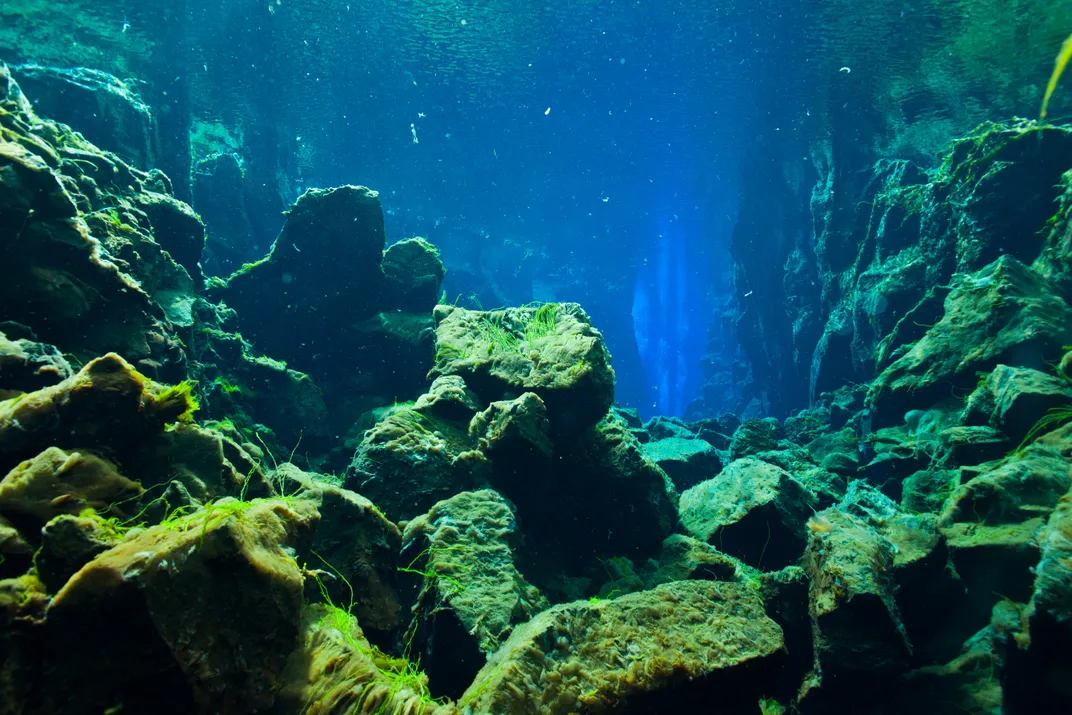


/https://tf-cmsv2-smithsonianmag-media.s3.amazonaws.com/accounts/headshot/JenniferBillock.png)